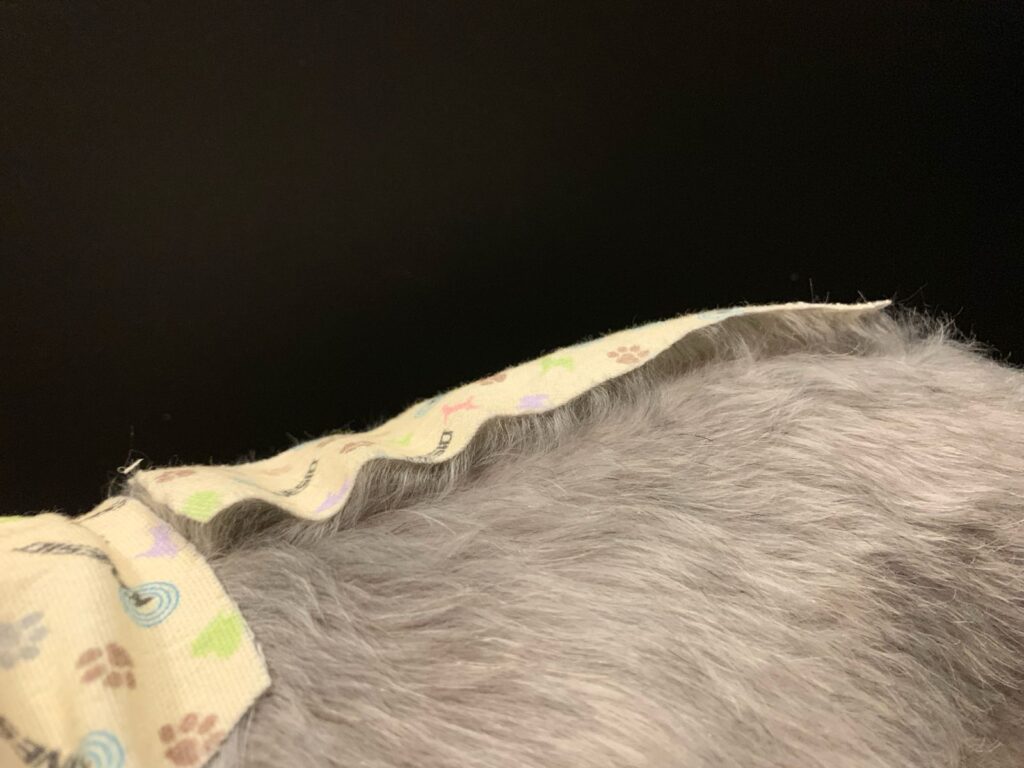What Is KINESIO® Tape?
Kinesio® Tape is the original Elastic Therapeutic Tape, introduced to the market in 1979 by Dr. Kenzo Kase. Initially, he had developed the tape for elderly osteoarthritis patients. Now most commonly recognized in the sports area, Kinesio® Tape is still used primarily in a medical setting.
Take the Treatment Home
As a chiropractor, Dr. Kenzo Kase recognized the limitations of manipulative therapy in treating his patients’ joint pain. He envisioned a way to extend the benefits of treatment beyond the clinic. From this vision, Kinesio Tape and the Kinesio Taping® Method were born. Through Dr. Kase’s innovative approach, patients can continue to experience therapeutic effects long after leaving their practitioner’s office, effectively taking the treatment home.
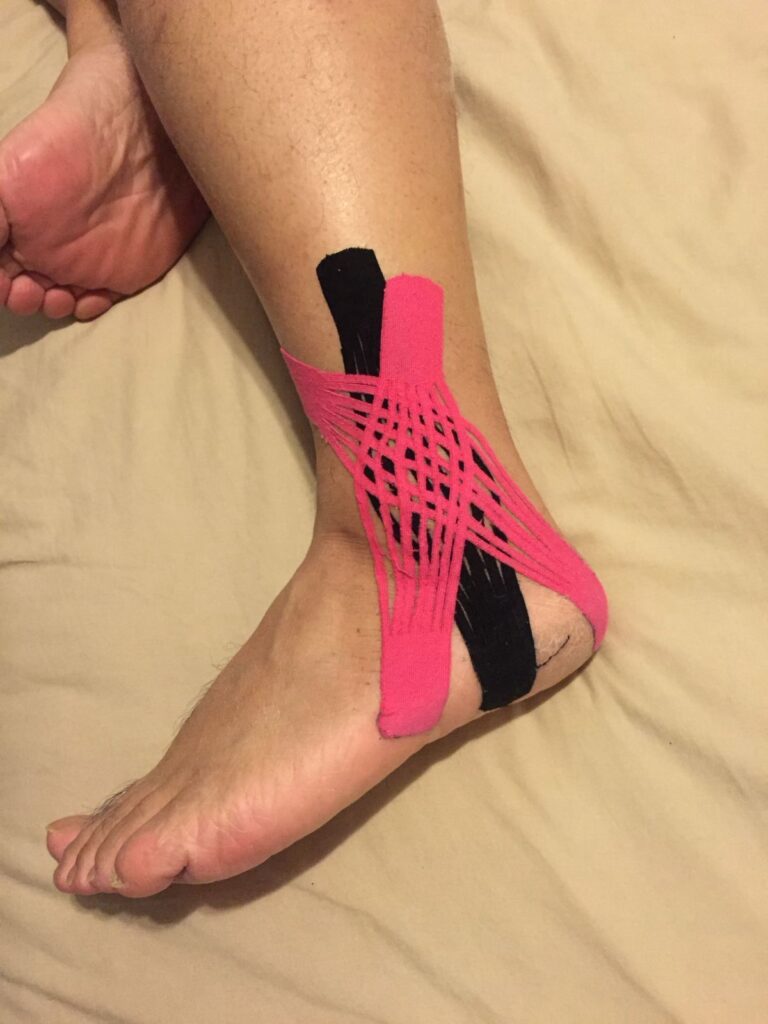
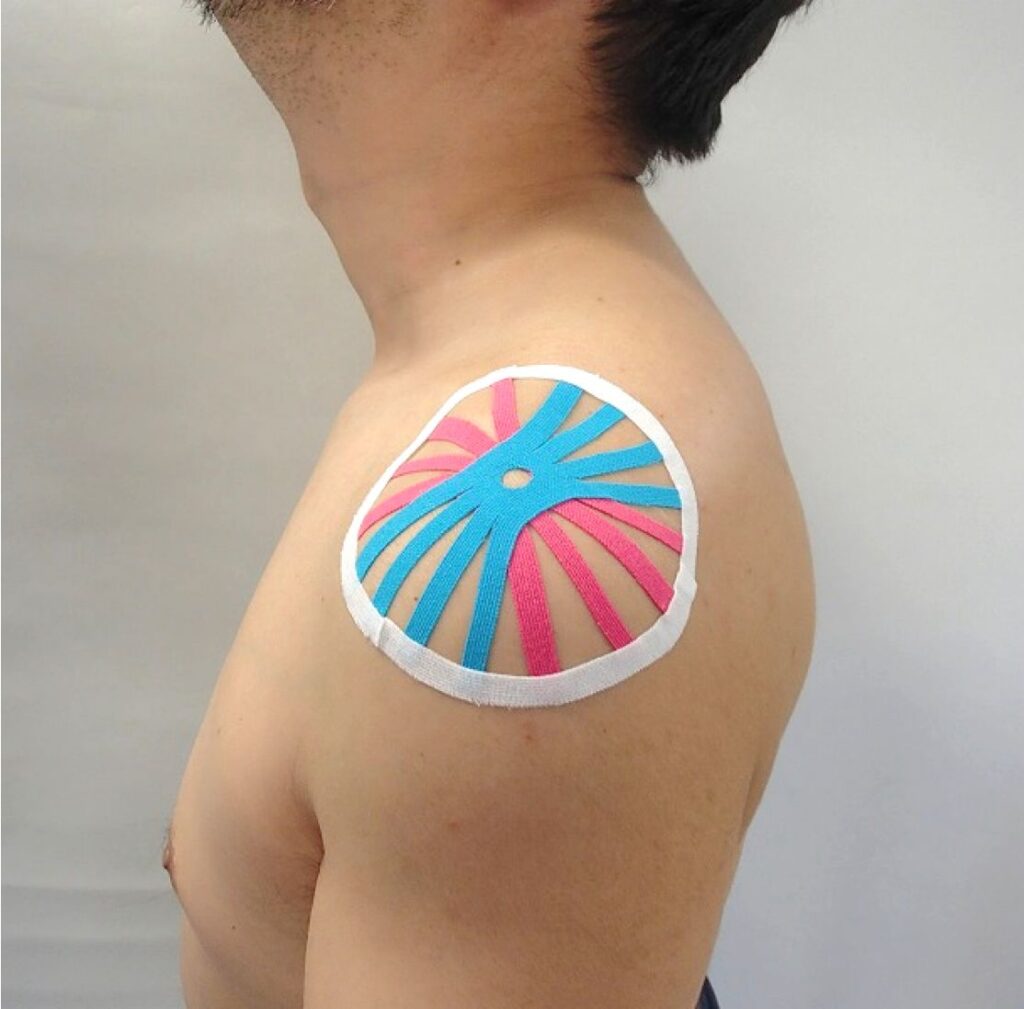
Why Kinesio®Tape ?
Kinesio®Tape is the only tape designed to stretch naturally with muscles, rather than forcing or constricting them. When applied correctly with multidirectional tension, it produces the sensation of Space Movement Cooling. By gently lifting the skin, the tape creates more space (Space) for blood and interstitial fluid to circulate (Movement). This helps reduce inflammatory substances that generate heat, providing a cooling effect (Cooling) after application. The body system which can be affected by Kinesio®Tape include Skin, Proprioception, Neurological, Lymphatic, Muscle/Joint, Circulatory.
Why Kinesio®Tape ?
The tape alleviates discomfort by :
- Facilitates blood and tissue fluid circulation, reducing the presence of inflammation related cells which helps to reduce formation of oedema.
- Stimulate the mechanical receptors of the body, may promote cell reproduction via the stem cells and help body repair.
- Normalising muscle tension.
- Unwinding fascia restrictions.
- Resolving haematoma.
- Loosening of scars tissues.
- Enhancing proprioception and stabilising joints.
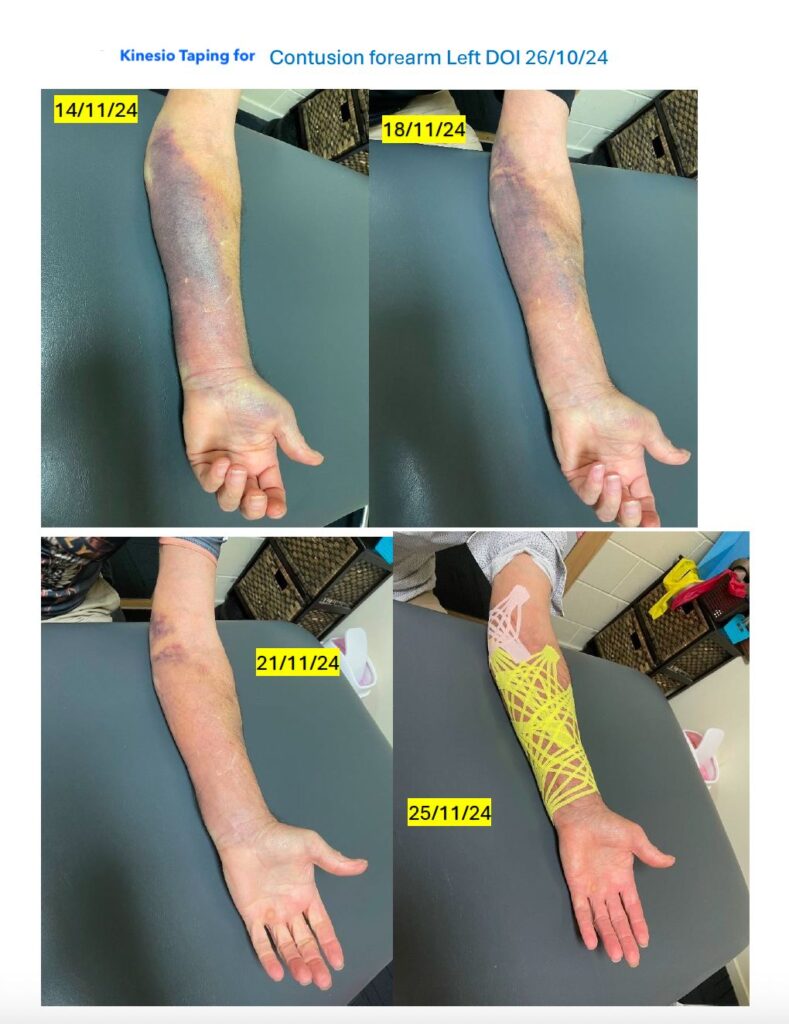
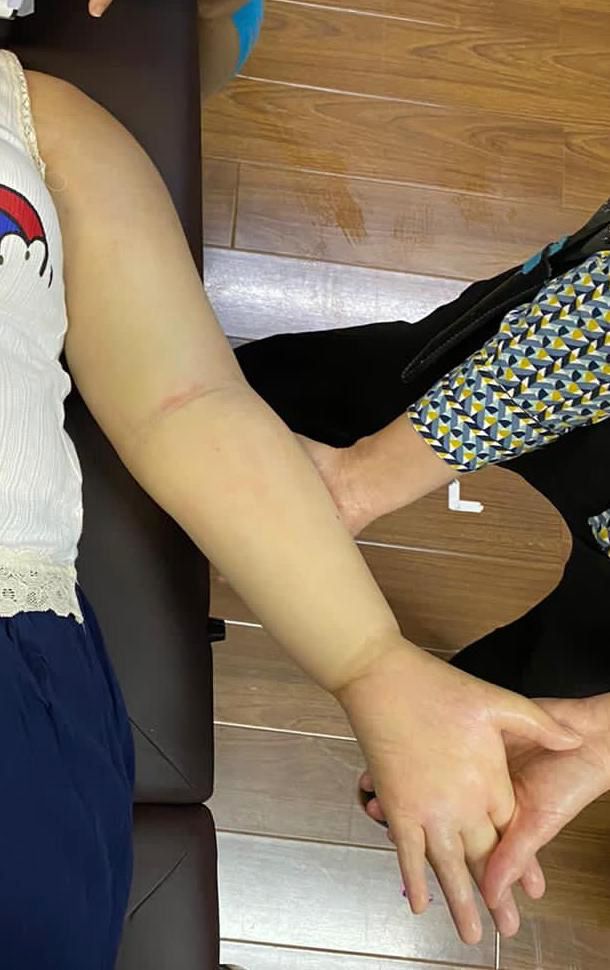
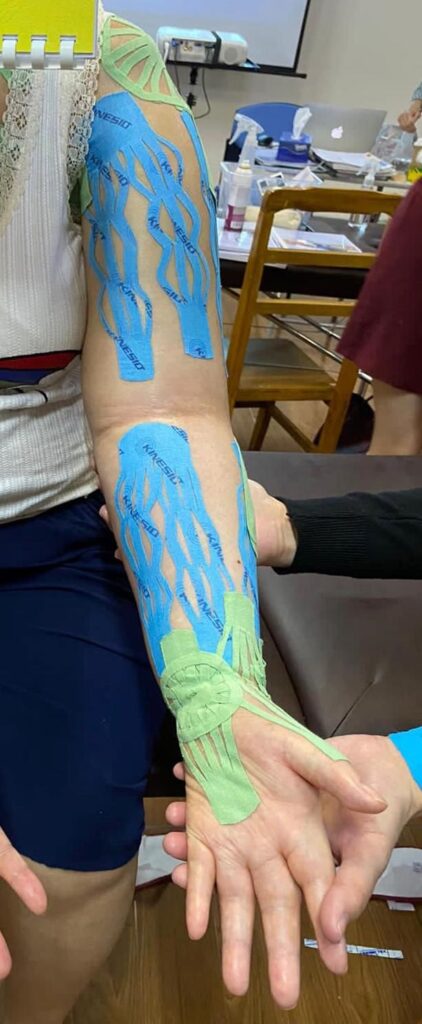
What makes the Kinesio Taping Method stand out from other tapes?
When applied correctly, the positive effects of Kinesio Taping are often immediate. But how do we ensure correct application? This is achieved through assessment methods such as the Manual Direction Test (MDT) and Screening Test. By performing gentle gliding, decompression, or compression along the muscles, fascia, or joints, the correct direction, shape, and tension of tape needed to support the condition can be determined.
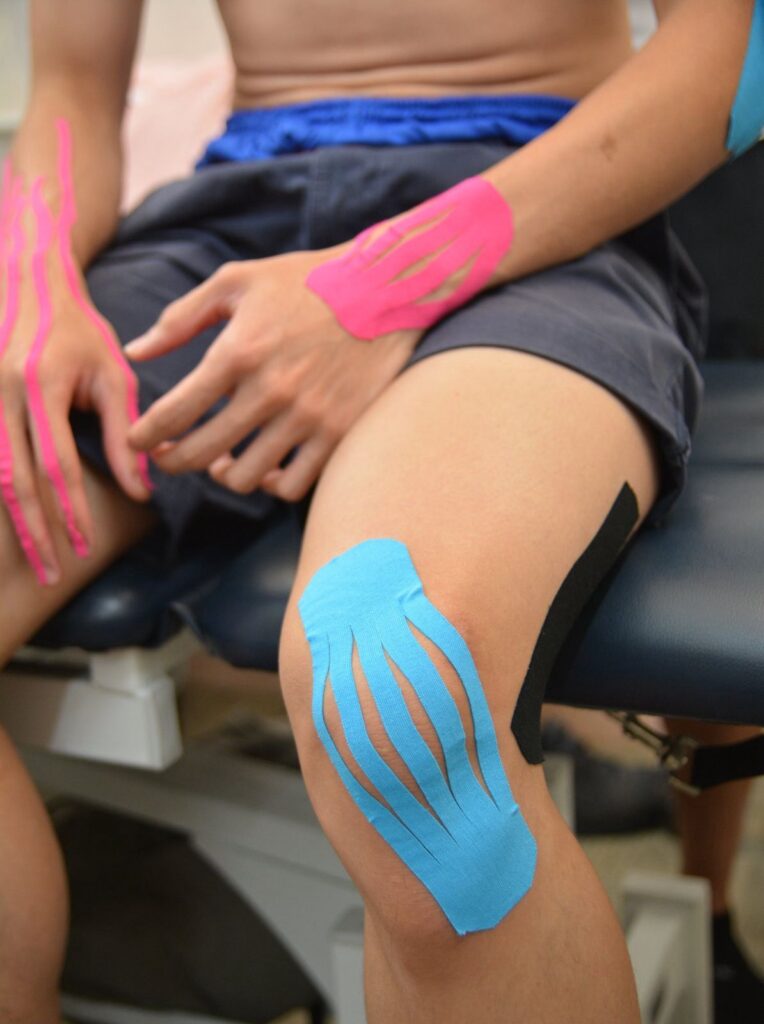
Certified Kinesio Taping Instructor (CKTI)
Vicky graduated from The Hong Kong Polytechnic University with a Bachelor of Science in Physiotherapy in 1997 and completed her Master of Science in Sport Physiotherapy in 2009. In 2017, she became a Certified Kinesio Taping Instructor (CKTI) through Kinesio University. A year later, she was invited to join the Education Committee of the Kinesio Taping Association International (KTAI), where she continues to share her knowledge and expertise globally.
As one of Dr. Kenzo Kase’s disciples, Vicky accompanied him to China and South Korea for taping symposiums, workshops, and seminars, serving as his translator during patient treatments. This close mentorship allowed her to witness Dr. Kase’s advanced taping biomechanics firsthand—insights that shaped her own deep understanding of the method.
Vicky has contributed significantly to the advancement of Kinesio Taping through both research and teaching. In 2018, she presented her study on Kinesio taping for menstrual pain at the Seoul Kinesio Taping Symposium. During the COVID-19 pandemic, she continued to engage with the global physiotherapy community through online lectures, including “Superficial and Deep Lymphatic Taping” at the 36th Kinesio Taping Academic and Clinical Symposium hosted by Kinesio Japan. She also explored innovative applications, such as Kinesio taping for dogs’ anxiety, presented at the 2021 International Kinesio Recertification Symposium in USA.
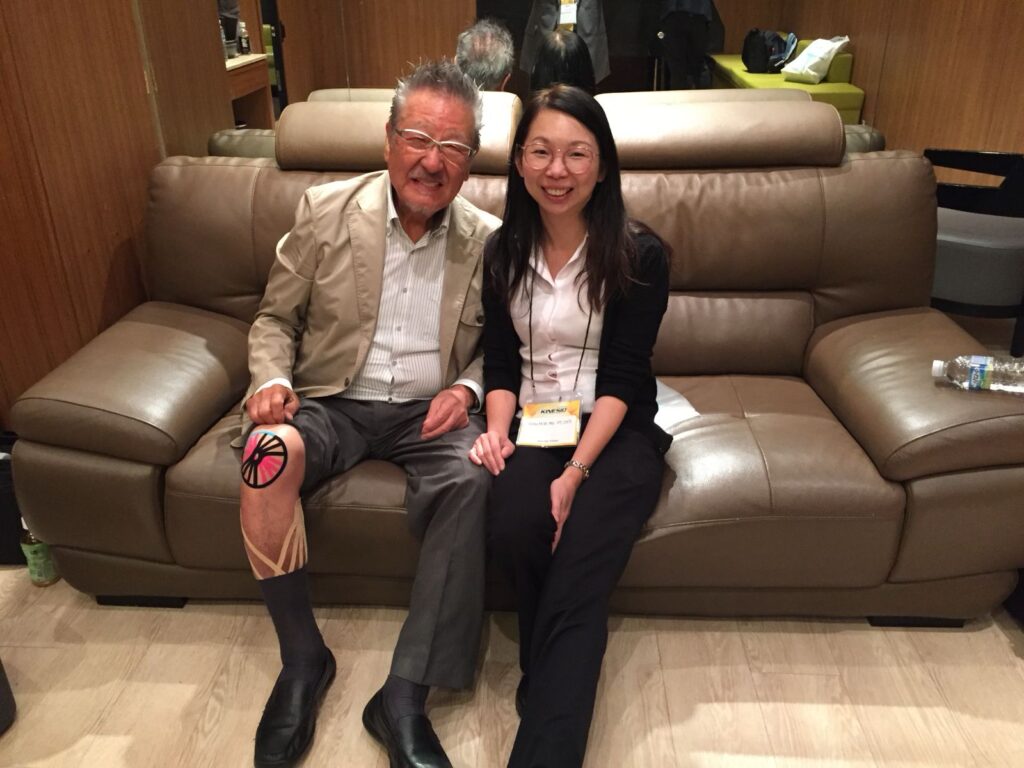

Her advanced training includes KT4 Sports and Orthopaedics (USA, 2018) and KT4 Lymphatics (2020). She became the first instructor worldwide to deliver both KT4 Sports & Orthopaedics and KT4 Lymphatics courses in Hong Kong. Her expertise drew the attention of Advanced Nurse Practitioners within the Hospital Authority, leading to seminars on lymphatic taping for breast cancer patients with lymphedema.
Now based in New Zealand, Vicky applies Kinesio taping daily in her clinical practice while continuing to promote its development worldwide. She remains deeply grateful to Dr. Kase for inspiring her to be part of the mission of “Taping the world for health.”
Kinesio Canine Tape
Kinesio Canine Tape is made of lightweight, breathable materials and has a specialized adhesive made specifically for a dog’s hair follicle. The hair follicles of dogs often have several hairs growing out of one follicle. The Follicular Stimuli pattern works with a dog’s hair follicles to stimulate the deeper tissue layers, creating more space to help lymphatic fluids flow more freely, which aids in healing, helps reduce swelling, and increases range of motion.
